Show and Tell has probably been mentioned in every article related to permanents entering the battlefield in some way. But despite the clear and simple instructions on the card, its relationship with players is clouded by ignorance of the rules. We'll take care of that now.
At the academy, “show and tell”
too often becomes “run and hide”.
Show and Tell flavor text.
APNAP
Here’s some theory: If multiple players are supposed to make a choice or perform an action (this is our case — to choose a card in hand and put it onto the battlefield), the first one to make the choice is the active player (the one whose turn it is), then all other players do it in turn order. After the choices have been made, the action is performed simultaneously. This is the rule referred to as “APNAP” or “Active player, Non-active player”.
If players would choose a card in a hidden zone (such as hand or library), the chosen card is kept face up. Each player must know that that card has been chosen.
For open zones, all players can see the decisions made by their opponents who were supposed to choose before them.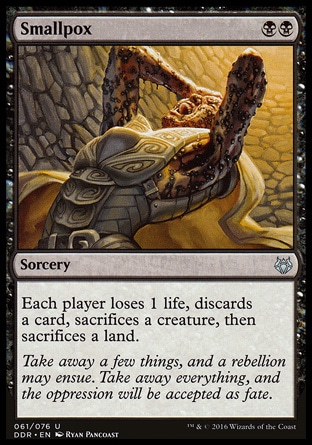
Let’s take a look at this rule with the example of Smallpox:
As Smallpox resolves, each player loses one life.
Then each player chooses a card from their hands in APNAP order, leaving those cards face down until each player has made a choice. Then the chosen cards are discarded simultaneously.
Then each player chooses a creature he or she controls, again in APNAP order. This time however, all players can see the choices as they are being made. When each choice has been made, the creatures are sacrificed simultaneously.
Finally, same thing occurs with lands, they are chosen one by one, then solemnly sacrificed all at once.
Since Show and Tell suggests to choose a card from hand, a hidden zone, the card is concealed. Only after the choices are made, all cards are put onto the battlefield simultaneously. You cannot know for sure what the opponent is putting until it actually happens.
Pretty obviously, the list of the card types that it’s possible to put onto the battlefield is given crystal clear on the card: artifact, creature, enchantment or land. You cannot put Gideon Jura just because it can become a creature. Naturally, the word “may” in the text of Show and Tell indicates that you don’t have to choose anything. But if a choice has been made, you will have to put the card. Even if you change your mind in such a short period of time.
Finally, let us mention the three most common questions about Show and Tell. If you suppose that the opponent is going to slam something like Emrakul at resolution of Show and Tell, then:
It’s silly to choose a Clony creature with the intent to copy Emrakul. Why? Both cards will enter the battlefield at once. Phyrexian Metamorph copies a creature as it enters the battlefield, not after it has established there. You will not be able to copy something that isn’t there yet.
However, the Ring’s trigger will find its target very easily (as long as it’s legal). Because the trigger goes off already after the Ring and the card an opponent chooses have entered the battlefield. And yeah, Emrakul is a legal target for the Ring. Ref. Emrakul the Aeons Torn.
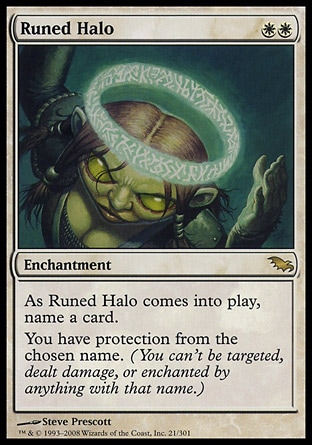
When Runed Halo enters the battlefield you can name Emrakul for sure. How is this different from the situation with a Clone? The Clone needs a permanent on the battlefield as a source of copiable values, whereas for Runed Halo you may name any card that exists in Magic. You can name it as you see what your opponent is putting onto the field.
Now let’s repeat a few things.
If you pull an aura at resolution of Show and Tell, you will need to choose a permanent to which it will be attached.
You cannot choose the card being put by the opponent. Same as with Clone, we choose what the aura is attached to not when it is already on the field, but as it is being put there, and the card that’s being put there simultaneously with your aura isn’t there yet at the moment.
By the way, since a permanent aura doesn’t target, you can easily put it onto the field enchanting a permanent with Shroud or Hexproof, as long as it can legally be enchanted with that aura.
In case if there is no permanent to be enchanted with your aura, it stays in your hand.
NB: If you put a card with Bestow, it enters the battlefield as a creature. You cannot put it onto the field as an aura.
When you put a permanent that has an EtB-trigger, that trigger does go off. When putting a Grave Titan, you get a pair of Zombie tokens at its trigger’s resolution.
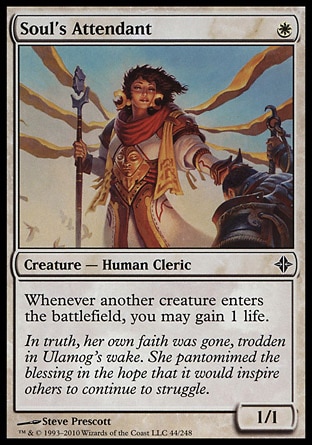
Note that EtB-triggers check all permanents that are coming onto the field including those that just did. So when two Soul’s Attendants are put on the field, they will trigger each other.
However, the triggers that go off when a spell is being cast do not trigger. You haven’t cast any permanent spells, you have just put the permanent card directly onto the battlefield.
When putting an Emrakul onto the field through Show and Tell you do not get an extra turn. Boohoo.
Naturally, it is impossible to counter what’s being put onto the battlefield through Show and Tell’s effect.
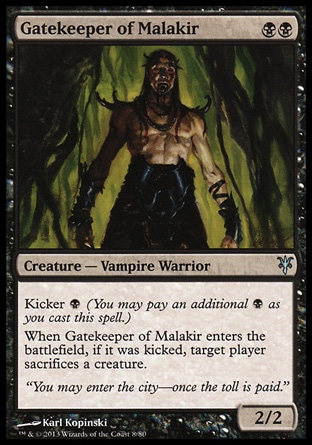
Since it isn’t casting a spell, you cannot pay additional costs, such as Kicker.
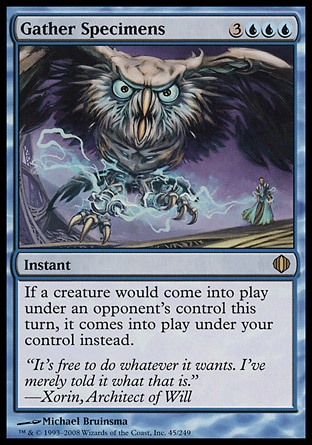
And you can’t respond to a card entering the battlefield. If you have already started choosing cards, you do as Show and Tell is resolving, so no players have priority.
You can respond to Show and Tell being cast. Take Gather Specimens, a great example of a spell that will influence what the opponent will do on Show and Tell’s resolution. But that needs to be done before Show and Tell begins to resolve. Note that two passes in a row will result in the top element of the stack resolving:
Incorrect sequence:
AP: Show and Tell? (pass)
NAP: Sure (= pass)
And that’s it. Time to choose cards.
And until those cards have been put onto the battlefield, all SBA have been checked, none left to perform, and all triggered abilities have been put onto the stack, nobody gets priority to cast or activate anything. Not even mana abilties, unless there is an effect that requires mana payment.
Correct sequence:
AP: Show and Tell? (pass)
NAP: Gather Specimens! (pass)
AP: Oh wow, ok. (= pass)
Gather Specimens resolves.
AP: Do nothing. (pass)
NAP: No effects. (pass)
Time to choose cards. If AP chooses a card, it will enter the battlefield under NAP’s control.
In a multiplayer game (in team multiplayer game with more than 2 teams), it is required that all players pass in turn order in sequence before the top element of the stack can resolve.
Translated by Witas Spasovski
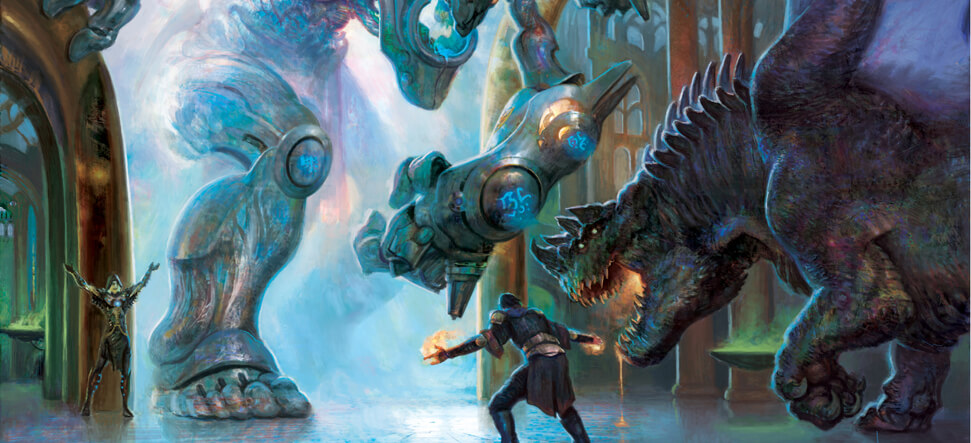
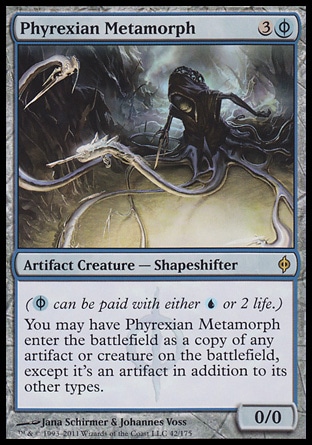
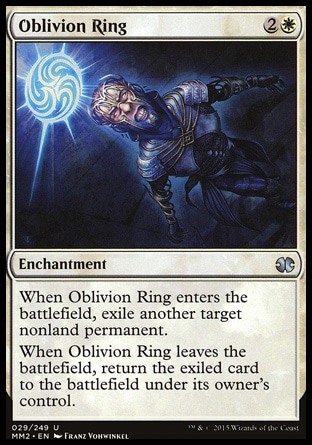
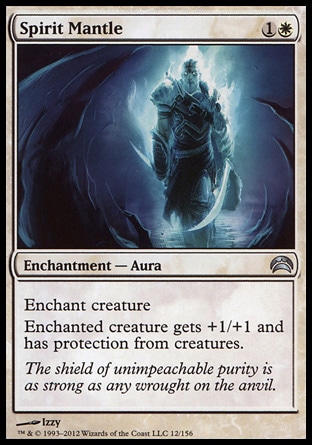
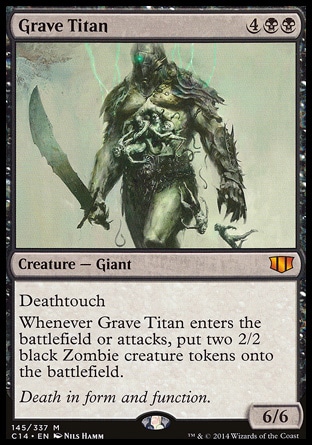
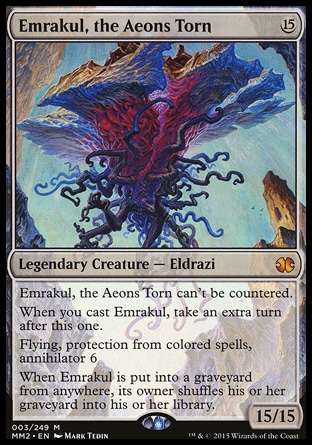
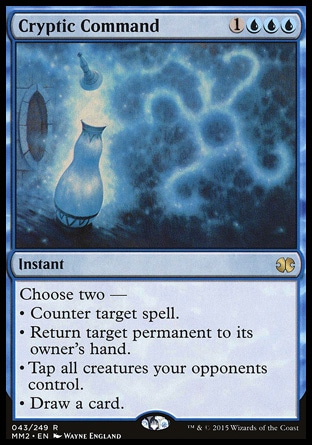
Oracle Text:
Sorcery
Each player may put an artifact, creature, enchantment, or land card from his or her hand onto the battlefield.